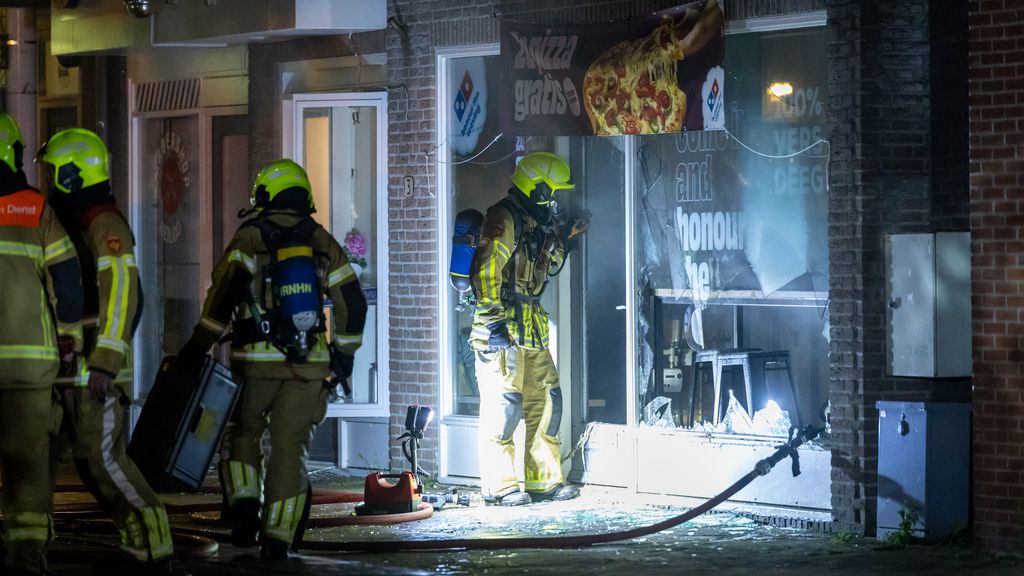contact
How Significant is the Risk of Lithium Fires on Superyachts? Facts and Statistics

The Risk of Lithium Fires on Superyachts
As the adoption of lithium-ion batteries increases in the yachting industry, so does the concern over fire risks associated with these powerful energy sources. While they offer unmatched efficiency, energy density, and reliability, they also present unique fire hazards. The question many yacht owners and operators ask is: how significant is the risk of lithium-ion battery fires on superyachts? In this article, we analyze key facts, statistics, and industry insights to provide a clear understanding of the dangers and preventive measures.
The Growing Presence of Lithium-Ion Batteries on Superyachts
With the push towards sustainable energy solutions, superyachts are integrating more lithium-ion batteries than ever before. These batteries power essential onboard equipment, propulsion systems, water toys, and auxiliary energy storage. However, as their use expands, so does the need for proper safety protocols.
- According to maritime safety reports, over 70% of new superyachts built in the last five years have incorporated lithium-ion battery systems for propulsion or auxiliary power.
- The global marine battery market, driven by lithium-ion technology, is expected to grow at a CAGR of 18.2% between 2022 and 2030, increasing the number of vessels using these batteries.
Understanding the Risk: Thermal Runaway and Fire Incidents
One of the primary risks associated with lithium-ion batteries is thermal runaway, a self-sustaining chemical reaction that generates excessive heat and can lead to fires or explosions. This reaction can be triggered by overcharging, manufacturing defects, physical damage, or improper storage.
Key Statistics on Lithium-Ion Battery Fires
- A study by DNV found that one in every 10 million lithium-ion batteries experiences a failure leading to thermal runaway. While this seems like a low probability, the number of batteries used on superyachts significantly increases the risk.
- The US Coast Guard has reported a 300% increase in lithium-ion battery-related maritime incidents over the last decade.
- A 2023 report by the UK’s Marine Accident Investigation Branch (MAIB) highlighted that 40% of yacht fires in recent years were caused by lithium-ion battery failures.
Case Studies of Lithium-Ion Battery Fires on Yachts
Several high-profile incidents have demonstrated the dangers of lithium-ion battery failures on yachts:
- MY Kanga (2018) – This 40m superyacht caught fire off the coast of Croatia, with investigations pointing to lithium battery issues as a contributing factor. The vessel was declared a total loss.
- Florida Marina Fire (2022) – A fire that destroyed multiple luxury yachts in a marina was traced back to a lithium-ion battery in an onboard electric scooter.
- Private Superyacht Incident (2023) – An unnamed 50m yacht suffered significant damage due to a fire originating from a malfunctioning lithium-ion battery used for onboard equipment.
- All the lithium fire incidents in 2024 can ben looked up here
Factors That Increase the Risk of Lithium Battery Fires on Superyachts
- High Energy Density – Lithium-ion batteries store large amounts of energy in a compact space, increasing the potential for catastrophic failure.
- Confined Spaces – Superyachts have limited ventilation, making it difficult to dissipate heat and toxic gases from a failing battery.
- Improper Charging Practices – Using non-certified chargers or overcharging batteries increases the risk of overheating.
- Water Exposure – While lithium-ion batteries are designed to be water-resistant, exposure to saltwater can lead to short circuits and dangerous chemical reactions.
How to Mitigate the Risk
Given the statistics and documented incidents, reducing the risk of lithium-ion battery fires should be a top priority for yacht owners and operators. Some key safety measures include:
- Fire-Resistant Storage Solutions – Utilizing fireproof and explosion-resistant storage boxes for lithium batteries.
- Advanced Fire Suppression Systems – Installing specialized suppression systems that can handle lithium battery fires, such as aerosol-based or water mist technologies.
- Regular Battery Inspections – Conducting routine checks for signs of wear, damage, or overheating.
- Crew Training – Educating yacht crew on the risks, proper handling, and emergency procedures for lithium battery-related incidents.
Final Thoughts
While lithium-ion batteries provide substantial benefits for modern superyachts, the risk of fires cannot be ignored. The increase in lithium-ion battery incidents underscores the need for stringent safety measures, proper battery management, and investment in certified storage and suppression systems.
By understanding the risks and implementing best practices, superyacht owners can enjoy the advantages of lithium-ion technology while ensuring the safety of their vessel, crew, and guests.
For expert advice on lithium fire safety and advanced fireproof storage solutions, contact Liiontek today.



